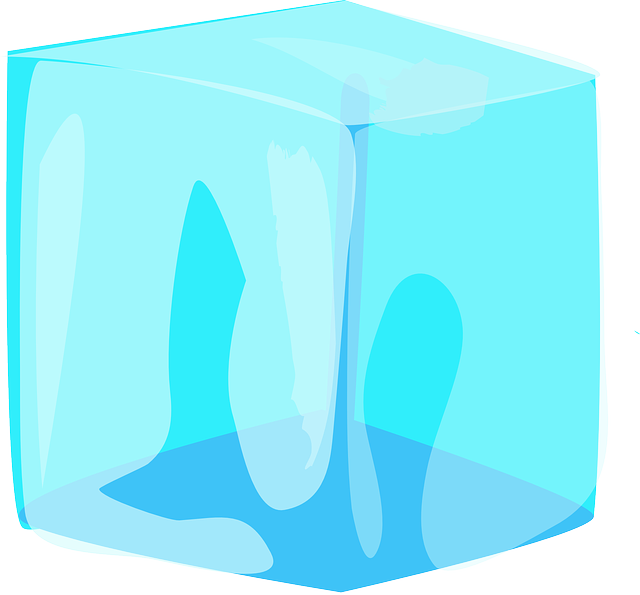
Inferno Kitchen
My portfolio, where I cook up projects.

Chill Shelf
A collection of games, books and resources I enjoy.

Flavor Core
About me - what fuels my journey.
Tap Illusion (WIP)
Ever wondered how microtransactions work? Tap into this illusion in my upcoming game!
Idea behind it
Tap Illusion is a small experiment in using the language of mobile monetization to say something different. This project explores how familiar mechanics (tapping, currency accumulation, gated progression) can be reshaped to highlight how games influence behavior, both positively and negatively.
The inspiration came from observing how digital experiences can shift from fun into something more controlling. Games are powerful. They're not just entertainment, they shape habits, identity, and time. Tap Illusion isn’t about preaching or blaming, it’s about asking: "What if we made those systems transparent? Could a player see the machine from inside it? Would that change anything?"
The goal isn’t to punish players, but to invite them to feel the loop they're in, and decide what it means to them.
Let's see what emerges when mechanics reflect back on us.
System Architecture (Roadmap)
Here's a peek inside the machine, what’s been built, and what’s still forming.
- Basic game loop - Completed
- Sketch of UI - Completed
- Graphics and assets - Completed
- Enemy spawning - Completed
- Player reacting to enemies - Completed
- Enemy reacting to player - Completed
- UI assembly - Completed
- Drop randomness tuning - Planned
- Microtransaction mechanic - Planned
- Mechanic: Core Upgrades - Planned
- Mechanic: Exp Bar - Planned
- Mechanic: Spirits (0/3) - Planned
- Mechanic: Book of Knowledge - Planned
- Mechanic: Achievements - Planned
- Mechanic: Work (0/5) - Planned
- Mechanic: Upgrade Spirits (0/3) - Planned
- Psychological loop review - Planned
- Juicy Effects - Planned
- Audio Effects - Planned
- Music - Planned
- Layering mechanics (strategy over gems) - Planned
- Closed testing - Planned
- Review & rebalance - Planned
- Final review and release - Planned (but are we ever really done?)
Lessons Learned
Resolution scaling
The resolution I chose was perfect for pixel scaling but not ideal for different screen sizes. I had to tweak the anchors to make it work across various devices. Painful? Yes, but worth it (I hope).
Don’t optimize too early
It’s better to build something that works first, and then add optimization features afterward.
Comment your code
Even a short break can bring brain fog, making it hard to get back into the project. I tried writing readable, self-explanatory code like:
enemy.moveDirection(player)
but as the project grew, it got harder to plan meaningful names ahead of time. I’ve started adding comments just to be safe. This habit might be essential if I ever get hired into an IT role.
